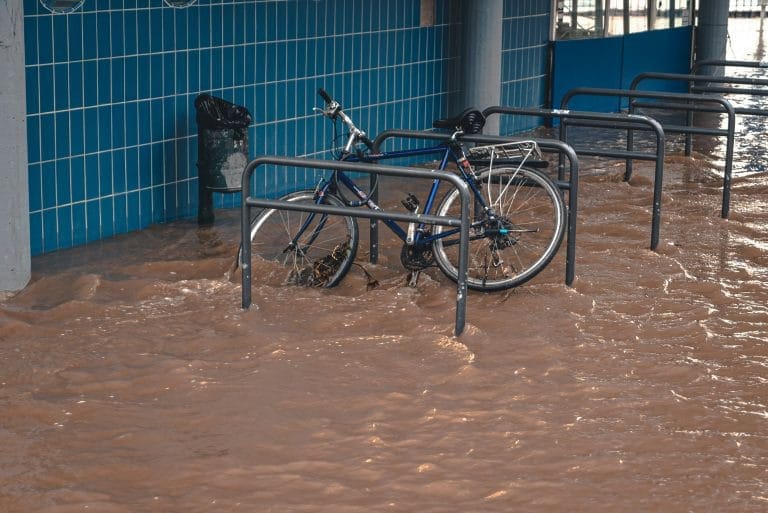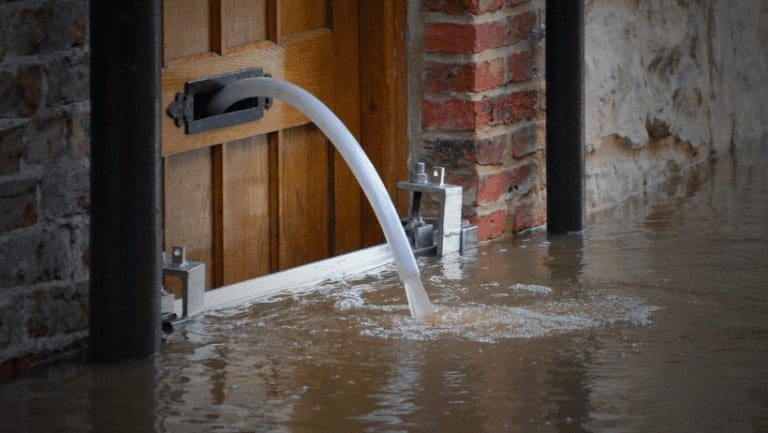
Floods are a recurring challenge across many regions of Australia, threatening the safety, functionality, and longevity of residential, commercial, and industrial infrastructure. Whether triggered by heavy rainfall, storm surges, or rising groundwater, flooding demands fast, effective response systems to limit damage and support continuity.
Pump systems play a central role in this defence. From basements to elevator shafts and low-lying industrial sites, reliable pumps help remove floodwater, prevent contamination, and protect critical assets.
This article explores how flood-ready facilities are built, the importance of flood mitigation, and how Tsurumi Pumps delivers dependable solutions tailored for Australian conditions.
Building Resilience: Why Flood-Ready Facilities Matter
Understanding the Australian Flood Landscape
Australia experiences frequent flooding events, particularly in coastal zones, low-lying regions, and areas with poor drainage. Flash floods, tropical storms, and prolonged rainfall can quickly overwhelm infrastructure, leading to significant operational and economic setbacks.
The Impact of Flooding on Infrastructure
Floods can:
- Disrupt commercial operations
- Damage assets like machinery, electronics, and structural foundations
- Compromise safety systems and emergency exits
- Result in costly repairs and extended downtime
Proactive planning and proper water management systems are essential for minimising these risks.
The Role of Pump Systems in Flood Mitigation
What Are Flood Management Pumps?
Flood management pumps are engineered to remove or redirect unwanted water from flooded or vulnerable areas. By converting mechanical energy into kinetic energy, they efficiently move large volumes of water to safe discharge points.
Why Pumps Are Essential in Flood Emergencies
- Rapid Response: Pumps quickly clear floodwater from critical areas, reducing structural and equipment damage.
- Operational Continuity: They enable facilities to maintain function during adverse weather events.
- Contamination Prevention: Pumps help isolate and redirect polluted water, protecting clean systems and environments.
 Flood-Prone Zones That Require Pump Solutions
Flood-Prone Zones That Require Pump Solutions
Common Vulnerable Areas
- Basements and Underground Levels: Prone to rising groundwater and seepage during storms.
- Car Parks and Elevator Shafts: Must remain dry for safety and accessibility.
- Low-Lying Commercial and Residential Sites: Easily inundated due to poor drainage or high water tables.
- Industrial & Construction Sites: Require continuous dewatering to remain operational.
- Areas Near Dams or Rivers: At risk from overflow and flash flood events.
Pump Types for Flood Resilience
Submersible Sewage Pumps
These pumps operate underwater and are ideal for managing wastewater or floodwater containing solids and debris.
Benefits:
- Non-clogging impellers
- Corrosion-resistant build
- Quiet, and efficient
Puddle Sucker Pumps
Low-profile and portable, puddle suckers are perfect for quick removal of small accumulations of water.
Ideal for:
- Unexpected minor ingress
- Flat surfaces where drainage is slow or absent
High-Capacity Drainage Pumps
Designed for heavy-duty tasks, these pumps handle significant volumes quickly and efficiently.
Key features:
- High flow rate
- Automatic float switch operation
- Suitable for construction sites and municipal systems
Key Features of  Effective Flood Management Pumps
Effective Flood Management Pumps
Built for Australia’s Tough Conditions
- Durability: Resistant to rust, corrosion, and debris
- Energy Efficiency: Low power draw ensures sustainable, prolonged use
- Portability: Compact designs allow for easy deployment during emergencies
- Smart Controls: Sensors and automation allow pumps to activate as needed without manual intervention
Choosing the Right Pump System
Critical Considerations
- Volume and Type of Water: Is it clean stormwater or contaminated wastewater?
- Depth and Location: Submersible options for deep shafts, puddle pumps for flat areas
- Infrastructure Integration: Will it work with existing sumps or drainage systems?
- Emergency Preparedness: Redundancy, power backup, and regular maintenance must be built into the plan
Tsurumi’s team can assist in assessing your site and recommending the optimal pump setup for long-term resilience.
Real-World Impact: How Tsurumi Pump Support Flood-Ready Facilities
Proven Solutions in Action
Across Australia, Tsurumi pumps have been deployed in flood-prone commercial buildings, residential complexes, and high-risk infrastructure zones. Our equipment has helped:
- Minimise flood damage
- Keep critical operations online
- Reduce downtime and insurance costs
Future Trends in Flood Mitigation Technology
Smarter, Sustainable Solutions
The future of flood mitigation is intelligent, efficient, and eco-conscious.
Emerging trends include:
- Sensor-activated systems for real-time flood response
- Energy-efficient pumps for sustainable operation
- Integration with building management systems (BMS)
- Renewable energy-powered solutions, such as solar backup pumps
These advancements reflect a growing need for resilient infrastructure that aligns with environmental stewardship.
Conclusion: Building Smarter, Safer, Flood-Ready Facilities
Floods are inevitable, but the damage they cause doesn’t have to be. By investing in durable, intelligent pump systems, facility managers, councils, and construction firms can protect property, people, and operations from the worst impacts of water ingress.
Tsurumi Pump offers decades of experience and innovation in water management. Our robust, efficient solutions are trusted across Australia and globally to meet the challenges of flooding head-on.
Contact Tsurumi Pump Today
Are your facilities flood-ready?
Let us help you build a more resilient future. Reach out to Tsurumi Pump for expert advice, reliable pump solutions, and tailored flood mitigation strategies.

 Flood-Prone Zones That Require Pump Solutions
Flood-Prone Zones That Require Pump Solutions Effective Flood Management Pumps
Effective Flood Management Pumps